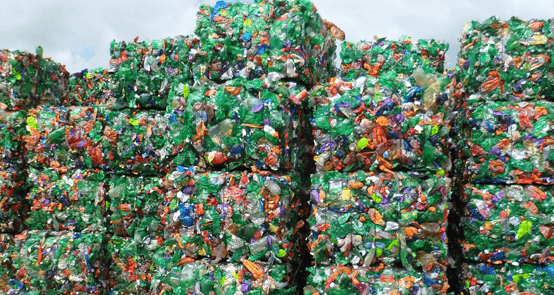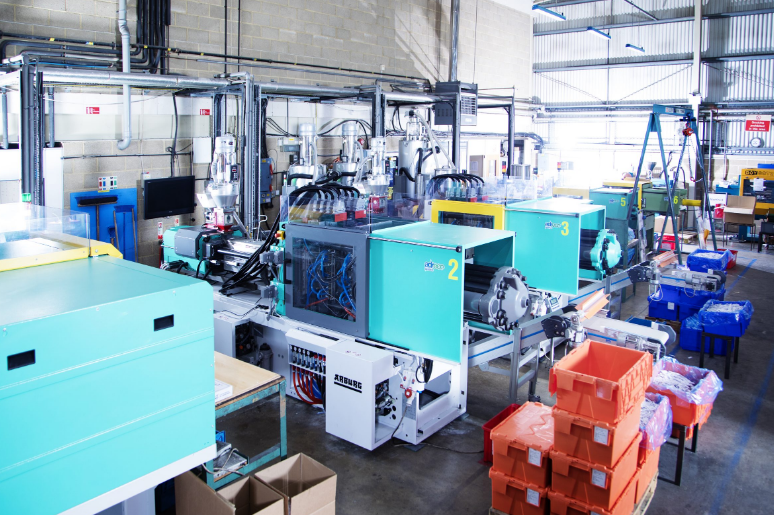Injection molding can harm the environment due to the high energy consumption, plastic waste, and emissions associated with the process.
Environmental Impact of Plastic Materials Used in Injection Molding
Non-Biodegradable Nature of Common Plastics
The plastics commonly used in injection molding are primarily non-biodegradable, leading to long-term environmental issues.

Persistence in Environment: Plastics like polyethylene (PE), polypropylene (PP), and polystyrene (PS) can take hundreds of years to decompose.
Accumulation in Landfills: A significant portion of these plastics ends up in landfills, where they remain for centuries without breaking down.
Impact on Marine Life: Many of these plastics find their way into oceans, posing a threat to marine ecosystems and wildlife.
Toxicity of Plasticizers and Additives
The additives and plasticizers used in plastics for injection molding can be toxic and harmful to the environment.
Chemical Composition: Common additives include phthalates for flexibility and bisphenol A (BPA) for strength. These chemicals can leach into the environment and cause harm.
Health Risks: Exposure to these chemicals has been linked to health issues in humans and animals, including hormonal imbalances and reproductive problems.
Environmental Contamination: When plastic products break down, these toxic compounds can contaminate soil and water sources.
For more detailed information on the environmental impact of plastics, you can visit the Wikipedia page on the Environmental Impact of Plastics.
Emissions and Pollution During the Injection Molding Process
The table below outlines the impacts and strategies related to emissions and pollution during the injection molding process, focusing on greenhouse gas emissions from plastic production and air pollution from molding operations.
| Factor | Description | Impact | Mitigation Strategies |
|---|---|---|---|
| Greenhouse Gas Emissions from Plastic Production | Production of plastics emits CO2 and other greenhouse gases. | Contributes to global warming and climate change. | Using renewable energy and optimizing manufacturing can reduce emissions. |
| Air Pollution from Molding Operations | Releases VOCs and other harmful emissions. | Leads to poor air quality and health risks. | Advanced ventilation and eco-friendly materials can minimize air pollution. |
Proactive measures are essential for minimizing the environmental impact of injection molding operations.
For more information on environmental impacts and solutions, the Wikipedia page on Environmental Impact of Plastics is a useful resource.
Waste Generation in the Injection Molding Industry
Plastic Scrap and Rejects from the Molding Process
Waste generation in the form of scrap and rejects is a significant concern in the injection molding industry.
Sources of Waste: Common sources include sprues, runners, and defective products. A typical injection molding process can produce waste ranging from 2% to 5% of total material used.
Impact: This waste contributes to the overall environmental burden, requiring disposal or recycling.
Reduction Strategies: Implementing advanced molding techniques and recycling in-house scrap can significantly reduce waste.
Minimizing waste production is essential for environmental sustainability in injection molding operations.
End-of-Life Disposal of Injection Molded Products
The disposal of injection molded products at their end of life poses environmental challenges.
Disposal Issues: Many injection molded products, especially those made from non-recyclable composites, end up in landfills.
Longevity in Environment: These products can take hundreds of years to decompose, adding to environmental pollution.
Sustainable Disposal Options: Encouraging the use of recyclable materials and establishing efficient recycling systems can help mitigate these issues.
Addressing the end-of-life disposal of products is crucial for reducing the long-term environmental impact of the injection molding industry.
For further information on waste management and sustainability in the injection molding industry, you might find the Wikipedia page on Plastic Recycling to be a valuable resource.
Energy Consumption in Injection Molding
High Energy Requirement for Plastic Melting and Molding
The energy demand for melting and molding plastic in injection molding is substantial and varies based on the process and material used.

Energy Consumption: The process typically consumes around 2 to 6 kWh of electricity per kilogram of plastic produced. The exact figure depends on the type of plastic and the complexity of the product.
Factors Affecting Energy Use: Variables such as machine efficiency, mold design, and cycle time significantly impact total energy usage.
Reduction Strategies: Employing energy-efficient machines and optimizing process parameters can reduce energy consumption.
Energy Sources and Carbon Footprint
The choice of energy sources in injection molding impacts the carbon footprint of the process.
Energy Sources: Commonly, electricity from the grid is used, which may come from fossil fuels or renewable sources.
Carbon Footprint: The carbon footprint varies based on the energy mix of the grid. For instance, electricity from coal-fired plants has a higher carbon footprint than renewable sources.
Sustainable Practices: Shifting to renewable energy sources like solar or wind can significantly reduce the carbon footprint.
For more detailed insights into energy consumption in industrial processes, you can explore the Wikipedia page on Energy Consumption.




